Codex Rescriptus
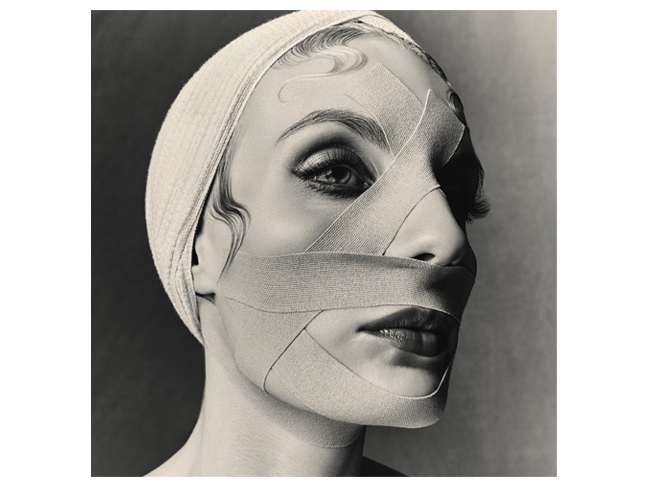
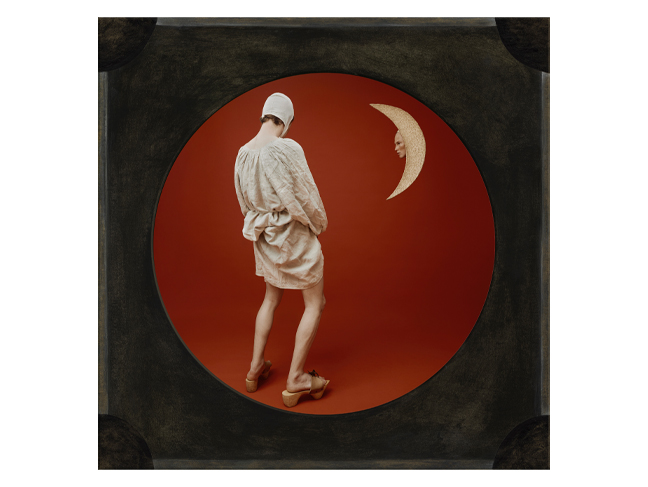
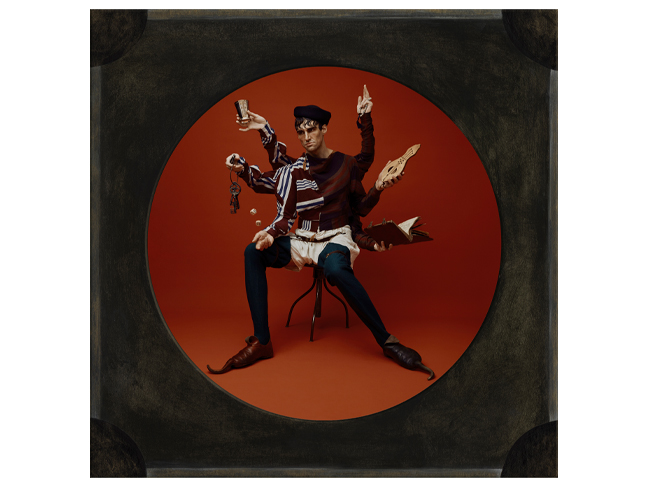

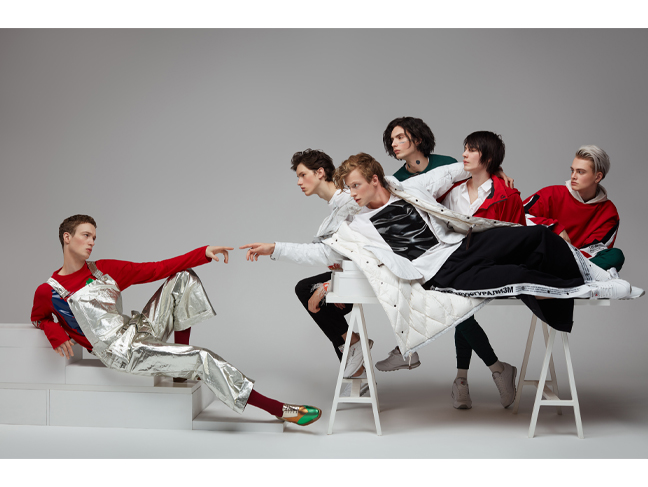
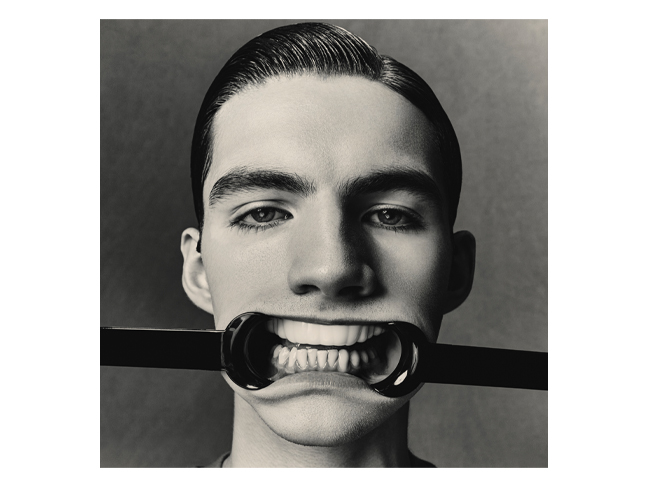
Dmitry Bulin. From the ‘Beauty for Five Dollars’ series. 2022. Courtesy of the author
Dmitry Bulin. From the ‘The Topsy-Turvy World’ series. 2021. Courtesy of the author
Dmitry Bulin. From the ‘The Topsy-Turvy World’ series. 2021. Courtesy of the author
Dmitry Bulin. The Birth of Venus. From the ‘Venus 2.0’ series. 2018. For the Tsvetnoy department store advertising campaign. Courtesy of the author
Dmitry Bulin. The Creation of Adam. From the ‘Venus 2.0’ series. 2018. For the Tsvetnoy department store advertising campaign. Courtesy of the author
Dmitry Bulin. From the ‘Beauty for Five Dollars’ series. 2022. Courtesy of the author
Syktyvkar, 22.12.2023—28.01.2024
exhibition is over
Centre of Cultural Initiatives "Yugor"
Gorkogo street, 2
www.ugor.org
Share with friends
Exhibition shedule
-
7.06.2022—11.09.2022
Moscow
Multimedia Art Museum
-
22.12.2023—28.01.2024
Syktyvkar
Centre of Cultural Initiatives "Yugor"
For the press
The Latin name of Dmitry Bulin’s project ‘Codex Rescriptus’ refers to the Greek word ‘palimpsest’. Historically this designed a manuscript written on parchment that had already been used for the same purpose. Repurposing was also current in the Middle Ages, when new paintings were superimposed on older murals in churches, or on icon images.
The word ‘codex’ simultaneously means both a book, and a set of established rules and norms, including cultural, behavioural and religious tenets.
In the three series included in the book and presented at the exhibition, Dmitry Bulin constructs a dialogue with artworks from the Northern Renaissance and Italian Renaissance, as well as with cinema from the first third of the 20th century.
This is one of the most important artistic strategies, both for contemporary art and for art in general.
It is significant that while referring to the compositional, stylistic and semantic components of artistic works from the past, Dmitry Bulin reflects on and articulates the problems of our modern age.
‘The Topsy-Turvy World’ is a dialogue with the work of the great Northern Renaissance artist Pieter Bruegel the Elder. Pieter Bruegel, also known by the nickname ‘Peasant Bruegel’, often turned to Dutch folklore, to proverbs and sayings that reflected the vices and everyday stupidity of man. The proverbs and maxims used for Pieter Bruegel’s paintings still endure among almost all peoples and languages. They accumulate psychological archetypes peculiar to people at all stages in the development of human civilization. These narratives are relevant today and exist, as Dmitry Bulin writes, “... regardless of what a person has in his hands, whether a hoe or a smartphone...”
Dmitry Bulin is a stage director by education and a graduate of the VGIK film school. Naturally the experience of working as a production director on various TV channels helped him not only to work with models, but also to assemble an outstanding team of professionals for the project, including the stylists and decorators Andrei Skatkov and Maria Orlova, the make-up designers Maria Bazhan and Tatiana Tskhadaya, etc.
In the series ‘The Topsy-Turvy World’ the artist rethinks old Flemish proverbs and offers his own version of their modern interpretation. He masterfully uses the compositional techniques of Pieter Bruegel the Elder in his productions, and carefully selects the models. It is also worth noting how unique costumes are chosen for the project. Most of the clothes and accessories are taken from the vintage collections of contemporary fashion designers, above all, that of Vivienne Westwood.
Fashion also develops in dialogue with the history of fashion and the history of art. This is another important aspect of Dmitry Bulin’s artistic research, and he demonstrates a brilliant mastery of photography techniques in his project.
It was the series ‘The Topsy-Turvy World’ that made Dmitry Bulin winner of the 2021 main prize for fashion photography in the grant programme to support young photographers organised by the Still Art Foundation.
With his series ‘Venus 2.0’ Dmitry Bulin offers a modern interpretation of the paintings ‘Primavera’ and ‘The Birth of Venus’ by Sandro Botticelli, ‘The Last Supper’ by Leonardo da Vinci, ‘The Creation of Adam’ – a fragment of the Sistine Chapel fresco by Michelangelo, ‘Portrait of a Man in a Red Turban’ and ‘The Arnolfini Portrait’ by Jan Van Eyck, etc. In this series he is also interested in the iconography of the old masters, which the artist fills with present-day relevance, reflecting on modern problems and, above all, gender issues.
The series ‘Beauty for $5’ is an artist’s attempt to understand how the eternal desire to meet certain standards of beauty exists in the era of industry 4.0. On the one hand social networks have led to the mass popularity of the selfie phenomenon and provided any number of opportunities by which anyone can transform their image, yet on the other hand, in the still extant offline reality, people believe that physical perfection can be achieved through simple and magical devices.
With an excellent knowledge of the history of cinema, Dmitry Bulin turns to films made in the first third of the 20th century. At the beginning of the 20th century it was the movies that turned actors into idols and icons of beauty and style.
In Luchino Visconti’s film ‘The Death of the Gods’ Dmitry Bulin finds homage to the great diva Marlene Dietrich. Even before the mass spread of plastic surgery, Marlene Dietrich decided to have her zygomatic bones removed, which changed the proportions of the face that became a point of reference for many years.
The standards of physical beauty achieved by physical transformation of the body have long existed in history and are still practised, for example, by African peoples. Some tribes put metal rings on the neck of their offspring from childhood, since a long neck is considered beautiful. Other peoples insert large objects in their lips and ears to alter their facial features.
The canons of beauty have changed in different peoples at different times. In the modern globalised world, cinema and mass media products create unified ideas of what is beautiful.
Another important moment in Dmitry Bulin’s research is a picture of Max Factor demonstrating his special helmet to determine the ideal proportions of a particular human face and emphasise them with make-up. Max Factor was an outstanding American businessman of Jewish origin, born in the Russian Empire, a talented make-up artist who worked in the best theatres in Moscow and St. Petersburg, as well as at the court of Nicholas II.
At some point Dmitry Bulin began to receive advertisements from the Alibaba online platform for cheap Chinese goods intended to easily and quickly transform physical facial features. This advertisement was the trigger for creation of the ‘Beauty for $5’ series.
Dmitry Bulin bought clothespins for the nose, devices for stretching the lips, facelifts and other ‘simulators’. Bulin’s models are stylised as movie stars using these ‘simulators’: Marlene Dietrich, Buster Keaton, Rudolph Valentino, Greta Garbo, etc.
The artist reflects on important psychological and cultural aspects of our reality, and at the same time creates an elegant and plastically convincing dialogue with the great artists of previous eras.
Dmitry Bulin’s ‘Codex Rescriptus’ exhibition at MAMM is supported by the Still Art Foundation. As a prize of the Foundation’s grant programme for young photographers, the Still Art Foundation has also published a book by the artist.
MAMM expresses gratitude to the Still Art Foundation and its founder Elena Karisalova for the opportunity to present this exhibition by the talented young photographer Dmitry Bulin for the first time.
XIV MOSCOW INTERNATIONAL MONTH OF PHOTOGRAPHY «PHOTOBIENNALE – 2022»
Dmitry Bulin
Codex Rescriptus
Curator: Olga Sviblova
Project presented jointly with the Still Art Foundation
The Latin name of Dmitry Bulin’s project ‘Codex Rescriptus’ refers to the Greek word ‘palimpsest’. Historically this designed a manuscript written on parchment that had already been used for the same purpose. Repurposing was also current in the Middle Ages, when new paintings were superimposed on older murals in churches, or on icon images.
The word ‘codex’ simultaneously means both a book, and a set of established rules and norms, including cultural, behavioural and religious tenets.
In the three series included in the book and presented at the exhibition, Dmitry Bulin constructs a dialogue with artworks from the Northern Renaissance and Italian Renaissance, as well as with cinema from the first third of the 20th century.
This is one of the most important artistic strategies, both for contemporary art and for art in general.
It is significant that while referring to the compositional, stylistic and semantic components of artistic works from the past, Dmitry Bulin reflects on and articulates the problems of our modern age.
‘The Topsy-Turvy World’ is a dialogue with the work of the great Northern Renaissance artist Pieter Bruegel the Elder. Pieter Bruegel, also known by the nickname ‘Peasant Bruegel’, often turned to Dutch folklore, to proverbs and sayings that reflected the vices and everyday stupidity of man. The proverbs and maxims used for Pieter Bruegel’s paintings still endure among almost all peoples and languages. They accumulate psychological archetypes peculiar to people at all stages in the development of human civilization. These narratives are relevant today and exist, as Dmitry Bulin writes, “... regardless of what a person has in his hands, whether a hoe or a smartphone...”
Dmitry Bulin is a stage director by education and a graduate of the VGIK film school. Naturally the experience of working as a production director on various TV channels helped him not only to work with models, but also to assemble an outstanding team of professionals for the project, including the stylists and decorators Andrei Skatkov and Maria Orlova, the make-up designers Maria Bazhan and Tatiana Tskhadaya, etc.
In the series ‘The Topsy-Turvy World’ the artist rethinks old Flemish proverbs and offers his own version of their modern interpretation. He masterfully uses the compositional techniques of Pieter Bruegel the Elder in his productions, and carefully selects the models. It is also worth noting how unique costumes are chosen for the project. Most of the clothes and accessories are taken from the vintage collections of contemporary fashion designers, above all, that of Vivienne Westwood.
Fashion also develops in dialogue with the history of fashion and the history of art. This is another important aspect of Dmitry Bulin’s artistic research, and he demonstrates a brilliant mastery of photography techniques in his project.
It was the series ‘The Topsy-Turvy World’ that made Dmitry Bulin winner of the 2021 main prize for fashion photography in the grant programme to support young photographers organised by the Still Art Foundation.
With his series ‘Venus 2.0’ Dmitry Bulin offers a modern interpretation of the paintings ‘Primavera’ and ‘The Birth of Venus’ by Sandro Botticelli, ‘The Last Supper’ by Leonardo da Vinci, ‘The Creation of Adam’ – a fragment of the Sistine Chapel fresco by Michelangelo, ‘Portrait of a Man in a Red Turban’ and ‘The Arnolfini Portrait’ by Jan Van Eyck, etc. In this series he is also interested in the iconography of the old masters, which the artist fills with present-day relevance, reflecting on modern problems and, above all, gender issues.
The series ‘Beauty for $5’ is an artist’s attempt to understand how the eternal desire to meet certain standards of beauty exists in the era of industry 4.0. On the one hand social networks have led to the mass popularity of the selfie phenomenon and provided any number of opportunities by which anyone can transform their image, yet on the other hand, in the still extant offline reality, people believe that physical perfection can be achieved through simple and magical devices.
With an excellent knowledge of the history of cinema, Dmitry Bulin turns to films made in the first third of the 20th century. At the beginning of the 20th century it was the movies that turned actors into idols and icons of beauty and style.
In Luchino Visconti’s film ‘The Death of the Gods’ Dmitry Bulin finds homage to the great diva Marlene Dietrich. Even before the mass spread of plastic surgery, Marlene Dietrich decided to have her zygomatic bones removed, which changed the proportions of the face that became a point of reference for many years.
The standards of physical beauty achieved by physical transformation of the body have long existed in history and are still practised, for example, by African peoples. Some tribes put metal rings on the neck of their offspring from childhood, since a long neck is considered beautiful. Other peoples insert large objects in their lips and ears to alter their facial features.
The canons of beauty have changed in different peoples at different times. In the modern globalised world, cinema and mass media products create unified ideas of what is beautiful.
Another important moment in Dmitry Bulin’s research is a picture of Max Factor demonstrating his special helmet to determine the ideal proportions of a particular human face and emphasise them with make-up. Max Factor was an outstanding American businessman of Jewish origin, born in the Russian Empire, a talented make-up artist who worked in the best theatres in Moscow and St. Petersburg, as well as at the court of Nicholas II.
At some point Dmitry Bulin began to receive advertisements from the Alibaba online platform for cheap Chinese goods intended to easily and quickly transform physical facial features. This advertisement was the trigger for creation of the ‘Beauty for $5’ series.
Dmitry Bulin bought clothespins for the nose, devices for stretching the lips, facelifts and other ‘simulators’. Bulin’s models are stylised as movie stars using these ‘simulators’: Marlene Dietrich, Buster Keaton, Rudolph Valentino, Greta Garbo, etc.
The artist reflects on important psychological and cultural aspects of our reality, and at the same time creates an elegant and plastically convincing dialogue with the great artists of previous eras.
Dmitry Bulin’s ‘Codex Rescriptus’ exhibition at MAMM is supported by the Still Art Foundation. As a prize of the Foundation’s grant programme for young photographers, the Still Art Foundation has also published a book by the artist.
MAMM expresses gratitude to the Still Art Foundation and its founder Elena Karisalova for the opportunity to present this exhibition by the talented young photographer Dmitry Bulin for the first time.






